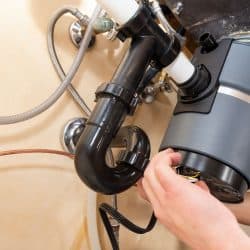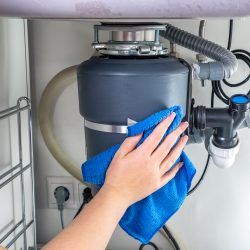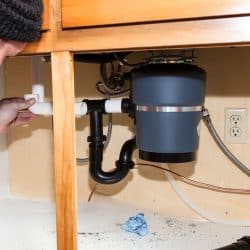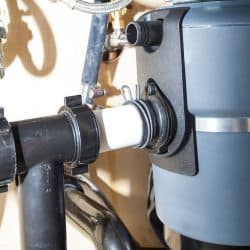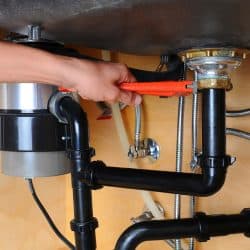You just got yourself a new garbage disposal unit, and you might be wondering how you can have it installed on your single-drain sink. Well, you've stumbled upon the right post, because we've got the answers for you, as gathered through extensive research.
Installing a garbage disposal on a single-drain sink is not that hard to do, as you only need to do it once compared to double-drain sinks. To install the garbage disposal, have all your tools ready at hand and take note of these steps.
- Make sure the circuit breaker in your kitchen is turned off.
- Use pliers to undo the couplers holding the extension pipe of the drain and the P-trap.
- Unscrew the nut under the drain and disconnect the flange.
- Remove the wiring component, then connect an electrical cable from the wall switch to the wire clamp located in the wiring compartment of the trash disposal.
- Begin installing the unit and get rid of any excess putty.
The steps above are just the general installation process, which can vary depending on your garbage disposal unit. Be sure to consult your unit's manual before doing anything else. Keep reading for a step-by-step guide to installing your garbage disposal and other information you should bear in mind from installation to maintenance.
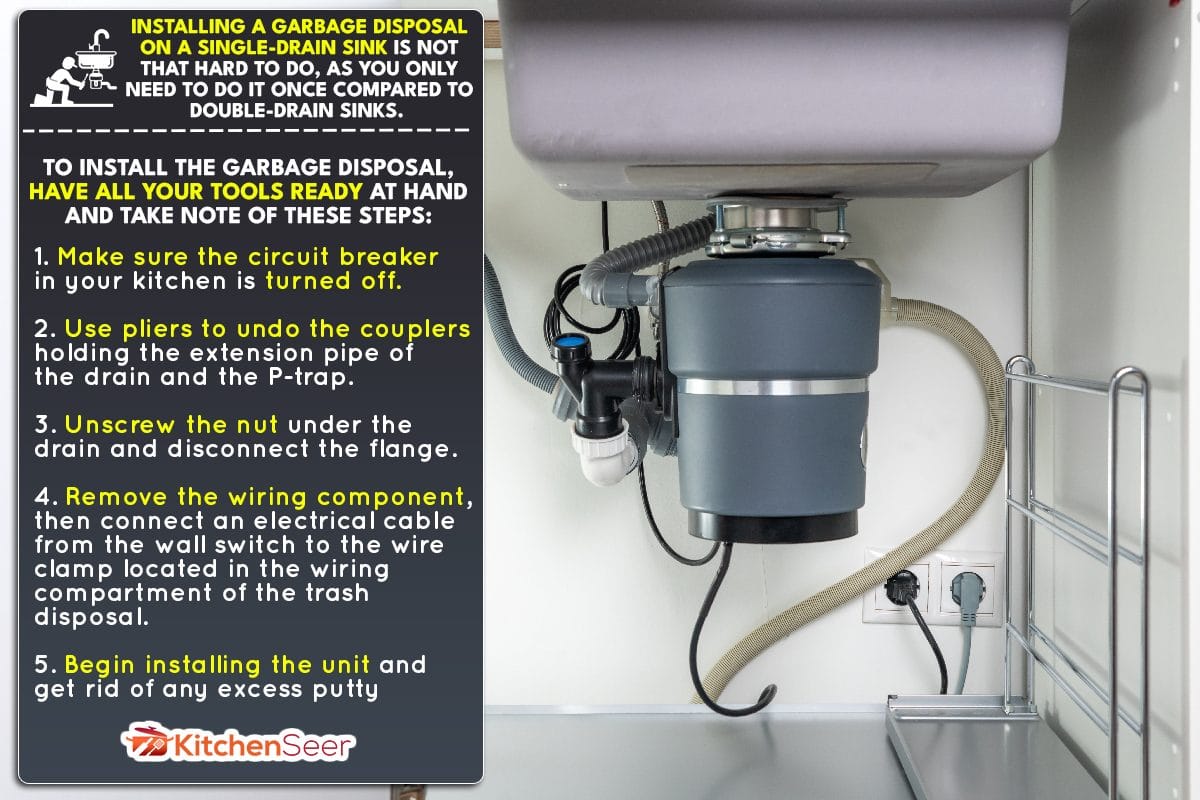
How to Install Garbage Disposal On Single-Drain Sink
Installing your new disposal unit shouldn't take much time, especially if you have your tools and information ready on hand. These are the basic tools you'll need:
- Non-contact electrical tester
- Slip-joint pliers
- Screwdriver
- Putty knife and putty
- Safety glasses
1. Before you begin, make sure the circuit breaker in your kitchen has been switched off.
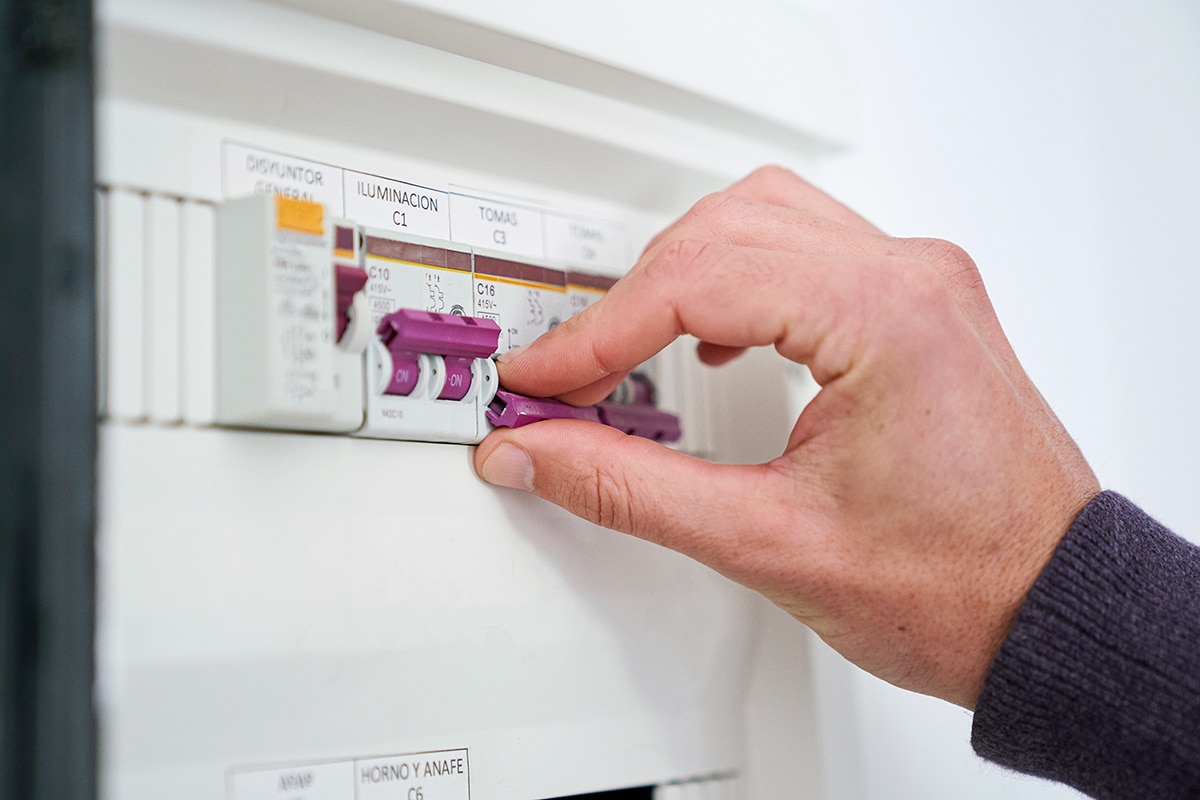
You can check to make sure that the electricity is off by touching the disposal unit's wire with a non-contact electrical tester.
2. With a sizable pair of slip-joint pliers, undo the two couplers holding the extension pipe of the drain and the P-trap in place underneath the sink.
Set the drain pieces aside. Put a towel along the exposed drain line to prevent drain odors.
3. Unscrew and unthread the nut under the drain and disconnect the flange.
Scrape off any leftover putty from the old plumbing and replace it with fresh putty.
4. Remove the wiring component.
Once you remove the component, insert an electrical cable from the wall switch into the wire clamp from the garbage disposal's wiring compartment. Use wire nuts to connect the necessary wires and tuck them inside the compartment.
5. Place the disposal towards the mounting ring.
After placing the disposal, use pliers to connect the essential disposal tubes. Then turn on the disposal unit's circuit breaker and test the unit by running the faucet.
You can also refer to this YouTube video for more details on the process.
Tips on Maintaining Your Garbage Disposal
The key to ensuring your garbage disposal is always performing with excellence is keeping it well-maintained. Here are some of the best ways you can be sure your unit is always in its best condition.
- Avoid putting greasy food scraps down the drain. Always clean up any grime and break food up into smaller pieces before it goes through the unit.
- Keep the blades sharp by using your disposal unit to grind ice cubes. You can do it monthly and be sure to always run cold water while doing so.
- Regularly clean the unit, at least every two weeks. This helps make sure you can get rid of every debris and food waste that could clog the pipes. You can even use citrus fruits to keep the disposal unit smelling fresh and free from bacteria.
- Use the unit frequently so the blades won't get rusty and its system can stay clear of any filth that could damage it.
- Do not use hot water when running your garbage disposal as this can melt the food waste, which could eventually stick to the pipe's surfaces.
Check out this garbage disposal cleaner and deodorizer from Amazon.
What To Avoid Putting in Your Garbage Disposal
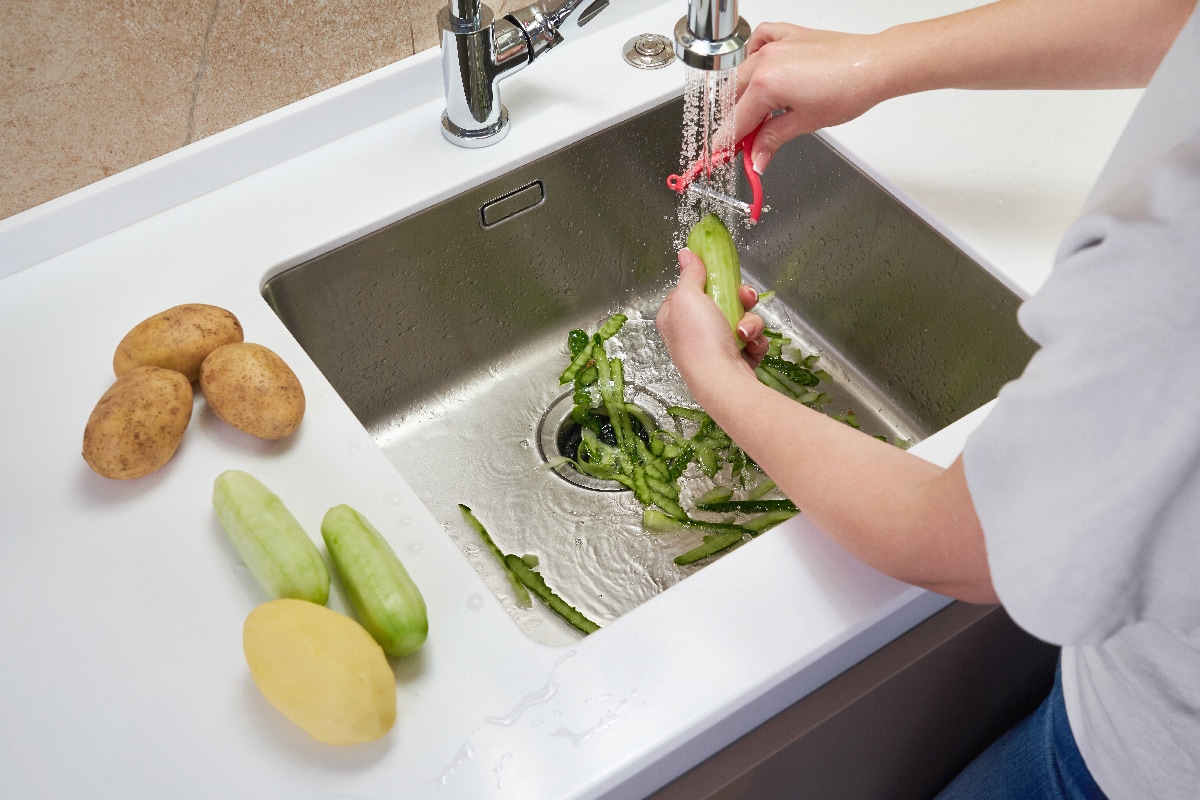
It's understandable if you think your disposal unit can take on anything. However, it can't. Like any other appliance, a garbage disposal has its own limitations, and this includes the type of food waste that should never run through the unit. Here are some of them.
- Coffee grounds. No matter how finely ground they are, coffee grounds can easily clog the drain so it's best to throw them out separately.
- Bones. These are too thick and dense and can be a lot of work for the disposal blades. Worst case scenario, each piece will just continuously spin around them, rendering the process useless.
- Egg shells. It's a frequent misunderstanding that egg shells can make your garbage disposal's blades become sharper. Instead of cutting up food waste like a blender, these blades grind the shells down. Egg shells are not only useless for honing grinding mechanisms, but also have membranes that can readily encircle the grinder. This could cause a wide range of issues for your appliance.
- Grease, oil, and fat. These three grimy products can clog a regular drain, as they don't break up easily.
- Pasta and rice. Rice, pasta, and any other kind of noodle tend to expand once they absorb water and get sticky, which could lead to clogs.
- Fruit pits and seeds. Because they are frequently small and rounded, pits and seeds are difficult to grind. They can also make an awful noise in your garbage disposal. Throw them in the trash to save your disposal the hassle.
- Fibrous vegetables. Fibrous vegetables like celery, edamame pods, and asparagus have stringy parts, and these can spin around the disposal's blades rather than be shredded for discarding.
- Starchy foods. Potatoes, bread, cereal, and more get mushy and pasty when broken down into pieces, so it's best to avoid these as well.
Can a garbage disposal and a dishwasher be on the same circuit?
It is possible, but there are a few things for you to consider. Make sure you're utilizing a 20-amp circuit rather than a 15-amp circuit if you want your dishwasher and garbage disposal to use the same circuit.
Additionally, you must ensure that the combined amperage of the units does not surpass 80 percent of the amperage of the circuit. Garbage disposals typically use less power than dishwashers, which means you're unlikely to reach the 80 percent mark.
What side of the sink should the garbage disposal be on?
Garbage disposals must be installed to the underside of a sink, with the body facing the drain pipe. If you have a dishwasher along with your garbage disposal, push out the dishwasher's knockout plug to the side of the garbage disposal.
Can you install a garbage disposal in any kitchen sink?
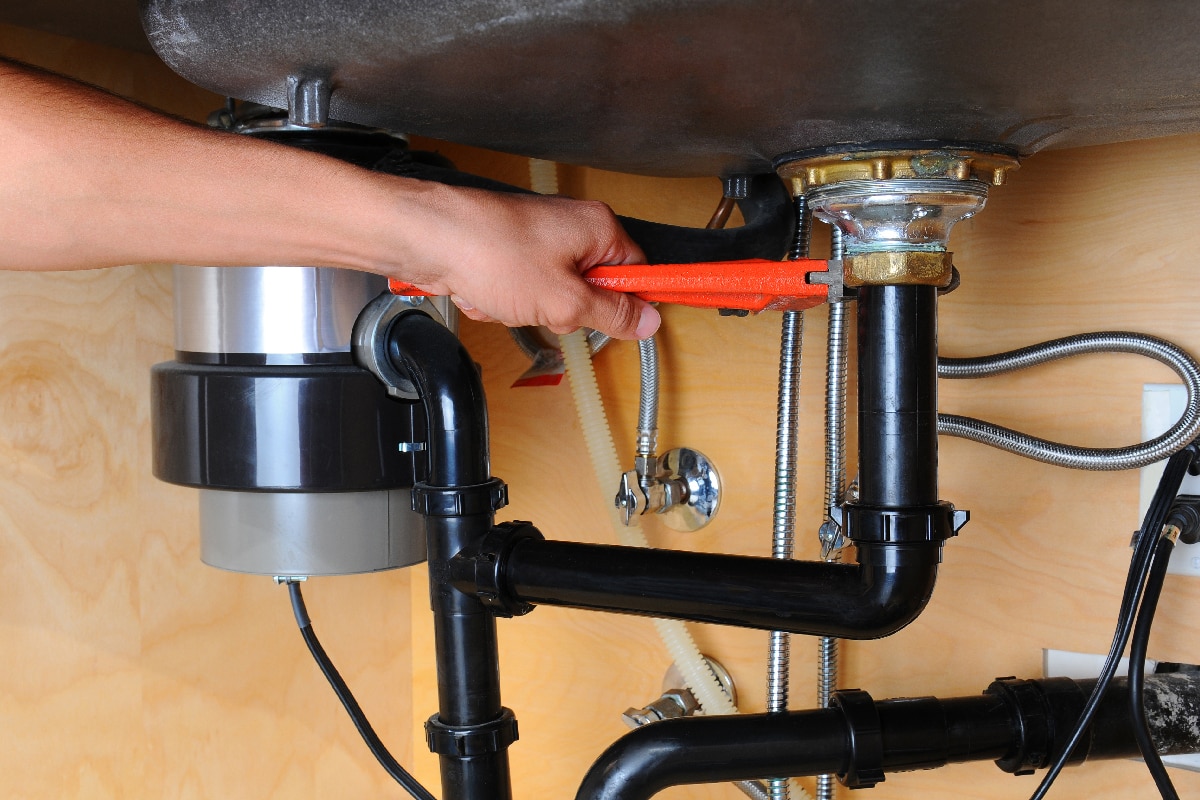
Yes, it is possible to add a garbage disposal to any kind of kitchen sink. A garbage disposal can be put in your sink if it has a 3 to 3 1/2 inch hole or a drain already set up in that hole.
Checking the device's horsepower (HP) is another crucial step. You will require a disposal unit with a very high horsepower if you have a large household.
A typical garbage disposal unit would have around 1/3 HP to 1 and 1/4 HP, which should be enough for an average-sized kitchen.
Do you need a separate drain for your garbage disposal?
A separate drain is not necessary, but garbage disposals will need a separate disposal flange at the entrance of the drain. Having a separate disposal flange is a part of the installation process, so it's best to have one ready before you begin.
Does a dishwasher need a garbage disposal?
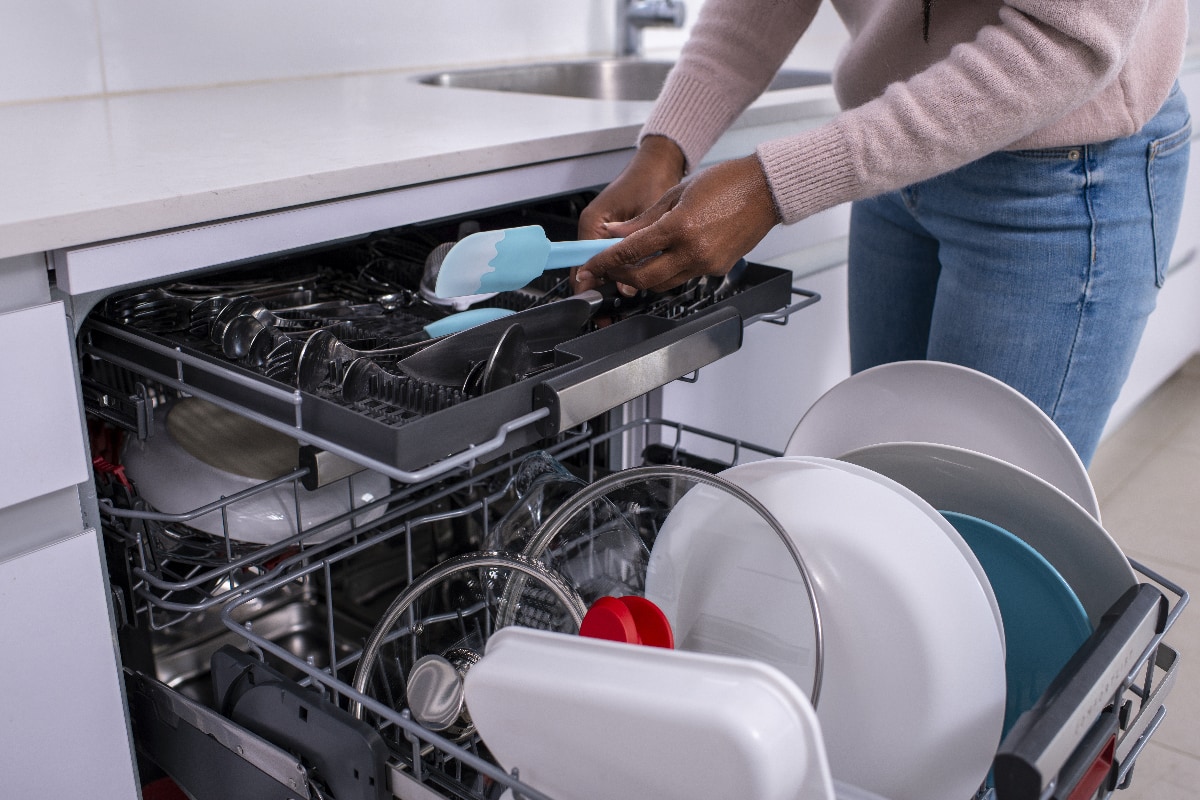
Even though garbage disposals are frequently connected to dishwashers, having one isn't always necessary.
With specialized plumbing adapters, you can easily bypass the need for a dishwasher, especially if you won't be using them often. Although, if your dishwasher doesn't come with a garbage disposal, you can still install a new dishwasher with an air gap.
Wrapping Up
Installing a garbage disposal unit to a single drain sink may sound like a draining process (no pun intended!), but you should be able to do it without breaking much sweat, unlike with a double drain sink.
This post only proves just that, as we have aimed to help you find the answers to all your woes regarding your brand new disposal unit.
Found this post helpful? Check out some of these related articles we have before you go.
Where Is The Best Location For Garbage Disposal Switch?
How Long Does A Garbage Disposal Last?


